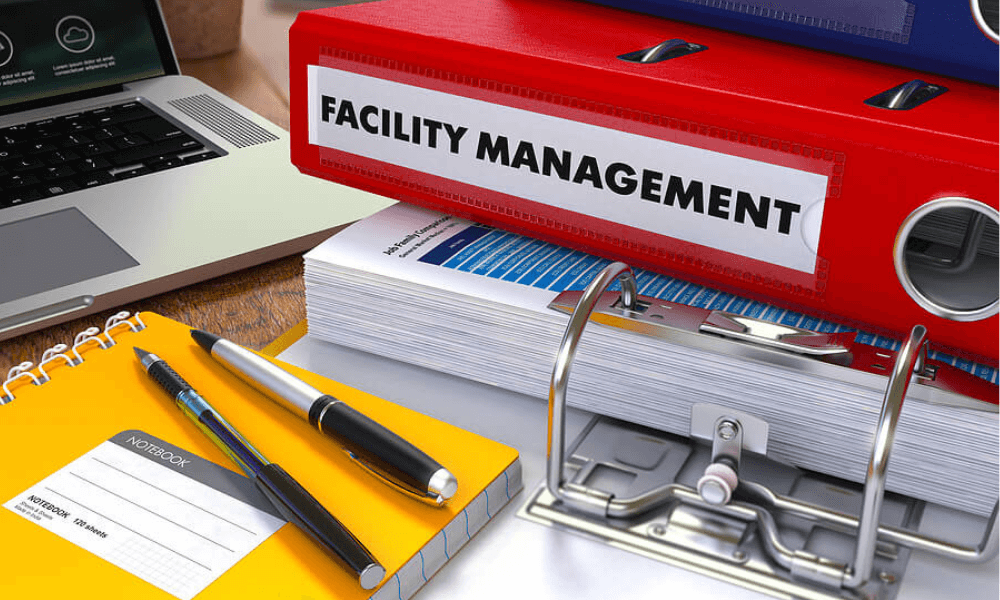
The Whys And The Hows Of Facilities Management Reports
Reliable results, better energy efficiency, enhanced sustainability, and a safe and healthy working environment are all general objectives sought after by companies looking to become more competitive in their industry. Of the many aspects that keep such organizations running, facilities management is undoubtedly the main factor that helps achieve this.
As such, investing in a qualified facility manager who is quick to adapt to new best practices or has a keen eye for optimizing processes and introducing improvements is worth making, and even more so in smart building facility management. Without one or the other, inefficiencies can bog down operations and potentially lead to more significant consequences, such as equipment malfunction or workplace injury. But how can FM prove its value, and that investing in X benefited the company in Y? Now, this is where reports can help.
Importance of facilities management reports
These reports provide information about the performance of various sectors or actions within the organization and an overview of numerous results that facilitate decision-making. They must be clear and concise, highlighting important and relevant points in non-technical language or layman's terms to ensure ease of comprehension.
Besides communicating the results and insights of the facilities department, these reports also help identify improvement opportunities, optimize resource usage, and track data records. When preparing a facilities management report, one must adopt a strategy that facilitates direct and assertive communication via the document. Below are some of the steps that help achieve this.
Steps for creating an effective facilities management report
1. Set the goal
As with any endeavor, set a goal for the report before starting, determine what it aims to achieve, and what readers can expect to gain from it. Doing so will aid in knowing what kind of content, data, or analysis is necessary to create it.
2. Carefully select the topics
Creating a facilities management report follows no standard methods or guidelines and varies amongst individual department regulations. In essence, facilities managers must gather and organize the data to allow everyone to understand the performance levels of various sectors and help simplify the decision-making process in turn. The following topics can help serve as a general guide:
- [Title (name of the person responsible for the development, their department and delivery date)]
- Goals of the report
- Summary of the content that follows
- Logically sequenced content
- Results, including observations and analysis
- References (source of the data)
3. Reflect on the content
The document template must follow an arrangement that promotes ease of understanding — for example, laying it out in chronological order. Moreover, it is best to adapt the report according to the intended reader and consider the most important things you’d like them to know. To make this easier, ask questions such as: ‘Is a more in-depth explanation necessary?’ or ‘Would the data look better presented through a graph?’
Additionally, it is crucial to avoid including info or data not directly relevant to the intended reader. In most cases, managers and other high-ranking personnel must evaluate tons of reports from various departments and might not have ample time to absorb everything in a report. Consider adding subheads, a table of contents or an index to allow the average employee to locate information far more easily and quickly.
4. Be wary of KPIs
Key Performance Indicators, also known as KPIs, are pivotal to creating good FM reports. They serve as parameters in analyzing how close the actual performance is compared to the expected results. When choosing these indicators, one must consider their ease of measurement and analysis and their relevance. You could use the SMART rule as a guide:
Specific, Measurable, Attainable, Relevant, Time-based
In the end, selecting the relevant indicators will lead to better decision-making. Another aspect to avoid is choosing excessive data to track. Doing so will help streamline your analysis and benefit the recipient of the reports.
Conclusion
Effective communication is fundamental to increasing the value of facilities management and helping organizations see it as a strategic tool. And it all begins with a well-written, informative, and concise report.
As with all other parts of a business, there will always be room for improvement in any business’s facility management process. With the help of reports that list what works and what’s lacking, companies can identify what they are missing, enabling them to communicate their needs to expert personnel better when engaging a building services management provider.
Here at KJTS Group, our team is constantly looking for innovative ways to push our boundaries and offer better performance-based facilities management across various industries in the ASEAN region. With a drive to offer long-term technical management solutions that are energy-focused, entrust your energy and facilities management solutions to our highly proficient engineers.
To learn more about any of the solutions KJTS Group has to offer, please drop us a call on +603-2716 6866, email us at [email protected], or check out our KJTS Group LinkedIn page. Let us elevate your energy management process with our innovative technology today.
Image by Depositphotos